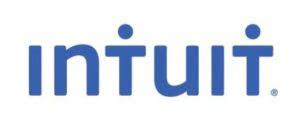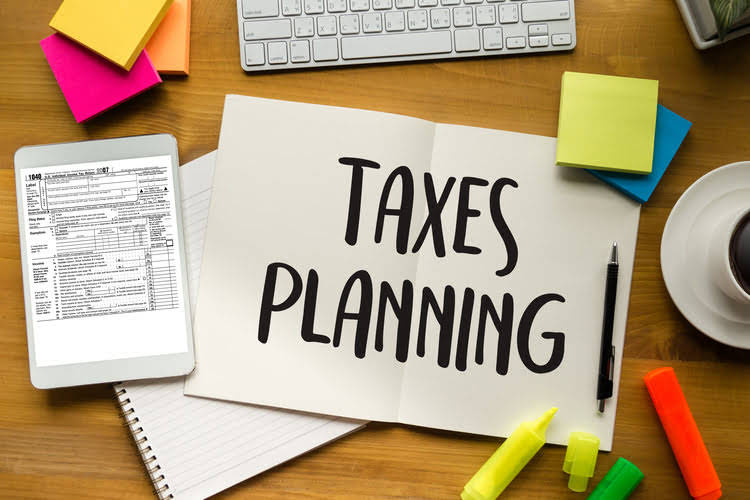The capital markets mobilize savings for broad-based economic investments by availing to citizens safe investment alternatives. This will greatly empower the nation, drive entrepreneurship, and create financial discipline among citizens. This video defines stocks and bonds and provides an explanation of what capital markets are and how they work. Further, there are specialised markets, such as foreign exchange (FOREX) and derivatives. The foreign exchange market facilitates the trading of different currencies, allowing investors to speculate on exchange rate movements or trade currencies for international business purposes.
What Is Capital Market? Meaning, Types, Functions, and Importance Explained
The information provided in the prospectus helps the general public, get to know about the earning potential of the company and the risks involved in investing in the company. Based on this information, the public decides whether or not they want to invest in the company. With the help of an IPO, a company can easily approach a large number of persons and can approach the public at large. Sometimes under this method, the companies take help of the intermediaries like underwriters, brokers, and bankers for raising capital from the general public.
What is the capital market in simple terms?
Today, many individuals rely on stock investments to fund future goals such as retirement savings, college tuition, and even healthcare spending. Individual investors are those who invest their personal capital in different forms of securities. They could be amateurs dabbling in the stock market, seasoned investors holding a diverse portfolio, or even individuals staking their retirement funds on bonds or other low-risk assets. Businesses and governments can raise long-term funds through the issuance of securities such as shares and bonds in these markets.
National Stock Exchange of India Ltd. (NSE)
The three regulatory bodies that control the Indian capital market are the Reserve Bank of India (RBI), the Securities & Exchange Board of India (SEBI), and the Ministry of Finance (MoF). As the intermediaries offer the new securities to the general public, the company is saved from the complexities and formalities of issuing the securities directly to the public. A capital market works by making use of different intermediaries like underwriters, brokers, depositories, etc. The intermediaries of a capital market act as the working organs of the capital market.
- One commonly used measure for these transactions is the secured overnight financing rate, which serves as a benchmark for the prices banks pay to lend each other cash overnight.
- S&P 500This index tracks the performance of the largest 500 U.S. publicly traded companies.
- Financial markets are often secondary markets, including a wide range of locations where people and organisations exchange assets, securities, and contracts.
- This can increase an investor’s ability to build wealth over the long term by providing access to investments with potentially higher rates of return.
- Over the years, Southwest has stayed competitive as one of the industry’s low-cost providers by selectively hedging its jet fuel costs.
What is capital formation?
In most developed countries, stock exchanges are formed as self-regulatory organizations (SROs), nongovernmental organizations that have the power to create and enforce industry regulations and standards. The advent of electronic capital market meaning trading has revolutionized stock exchanges worldwide. Starting with NASDAQ’s electronic system in the 1970s, most major exchanges have now either fully transitioned to electronic trading or operate hybrid systems.
The influx of capital received from IPOs drives economic development, job creation, and technological advancement, benefiting society as a whole. Stock exchanges, such as the New York Stock Exchange (NYSE) or NASDAQ, provide the infrastructure for these trades to take place. They maintain orderly markets, ensure compliance with regulations, and disseminate real-time price information. Modern stock markets largely operate electronically, with sophisticated computer systems matching buy and sell orders almost instantaneously.
- MarketWatch Guides may receive compensation from companies that appear on this page.
- New securities are issued and sold directly to investors in the primary market through initial public offerings (IPOs) or private placements.
- Private sector bonds offer investors attractive interest rates even though the risk involved is higher than treasury bonds.
- The SEC enforces federal securities laws, proposes securities rules, and regulates the securities industry to protect investors, maintain fair and efficient markets, and facilitate capital formation.
- Through this market, individuals can invest their savings in securities issued by companies or governments, allowing them to participate in the growth and profitability of these entities.
Ensuring Liquidity of Investments
At their core, these markets operate on the principle of supply and demand, with share prices fluctuating based on companies’ perceived value and overall market conditions. When more people want to buy a stock than sell it, the price typically rises, while the opposite is true. In this post, we’ll break down where capital markets came from, how they work, and why they matter — whether you’re an investor, a business owner, or just someone trying to understand the financial world better. They offer a broad range of instruments that enable businesses, investors, and others to manage risks. For instance, derivative instruments like futures and options can be used to hedge against exposure to various risks such as price fluctuations, interest rates, or exchange rates. By providing avenues for risk management, capital markets contribute to the stability of the economy.
Where securities are issued for the first time, companies or governments raise funds directly from new sales of shares or bonds to the public. The first buyers of securities in the primary market become the initial owners. Another significant type is the debt market, which deals with the buying and selling of fixed-income securities such as bonds and treasury bills. In the debt market, investors lend money to issuers in exchange for regular interest payments and the return of the principal amount at maturity. This type of investment is generally considered less risky compared to equity investments.
Join the stock market revolution.
They as instruments that provide buyers with investment plans that involve less risk owing to their existence as a diversified portfolio. Investors looking for low-risk investment options which are affordable and managed by a professional manager tend to prefer mutual funds. Mutual funds are collective investment schemes that professional fund managers manage. Mutual funds pool money from different investors and investments are made in an investment portfolio comprising different capital market instruments such as stocks and bonds.

Alibaba – US$5bn dual-currency bond (Yen and USD – currencies set to meet investor demand in those currencies). Alibaba is A rated on the S&P rating scale (AAA is top, then AA, then A, BBB, BB etc.). Its is another method of pricing new issues wherein the price is not announced beforehand. Rather, the issuer, first, offers the shares and gets application from public and then based on the demand fixes the price. When an issuer makes an issue of securities to a limited group of pre-selected investors, and which is neither a rights issue nor a public issue, it is called a private placement.
.jpeg)
.jpeg)
.png)




